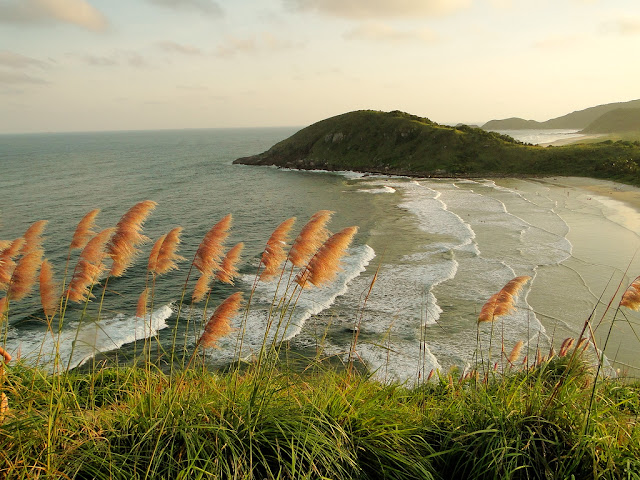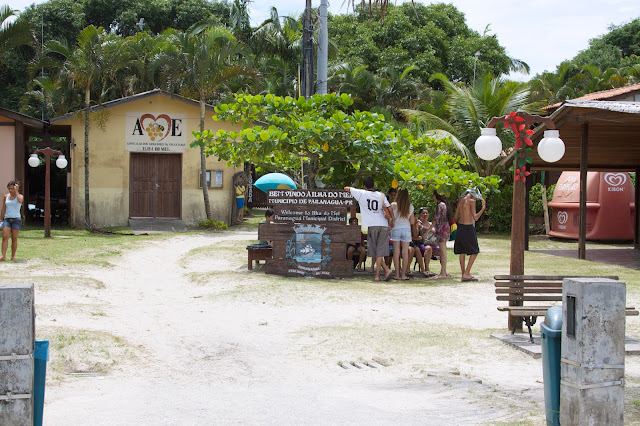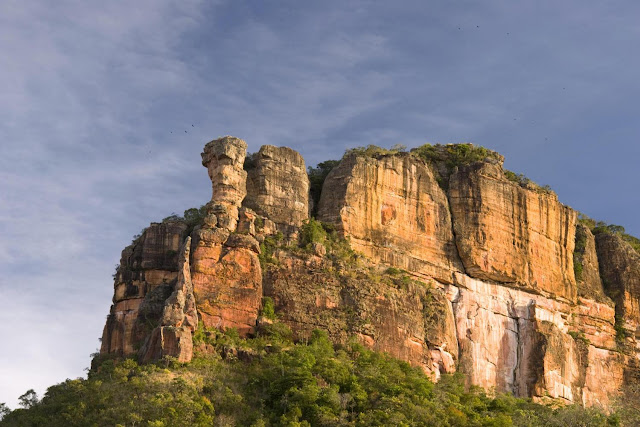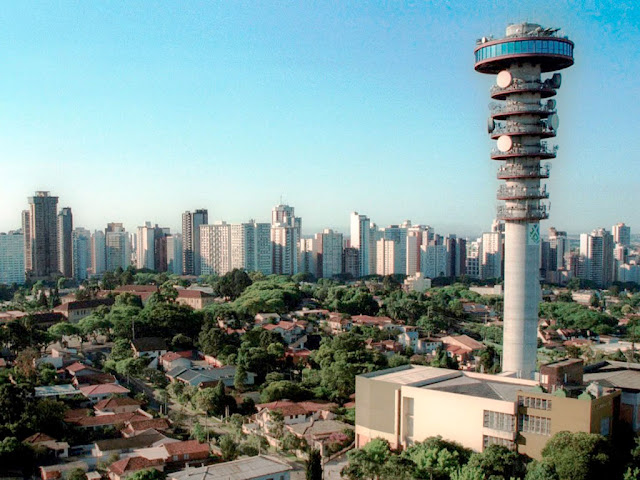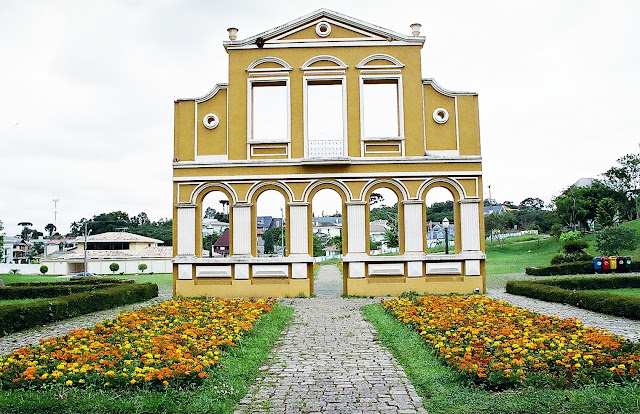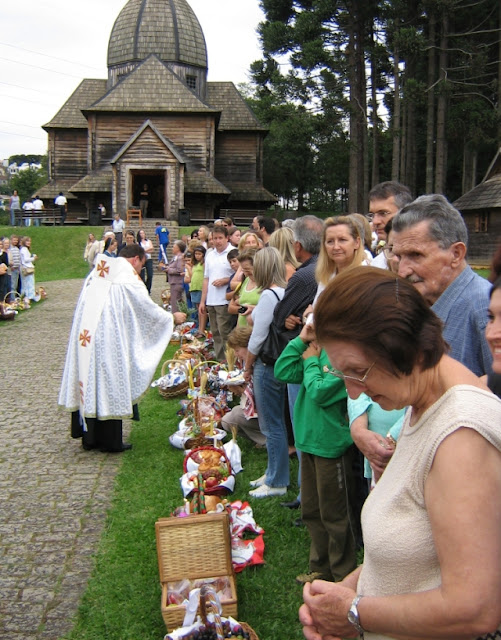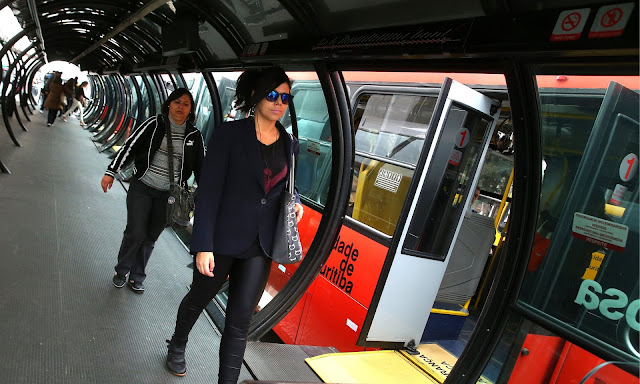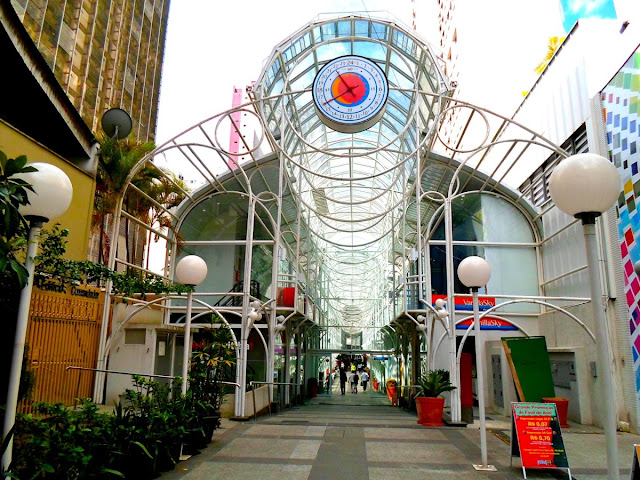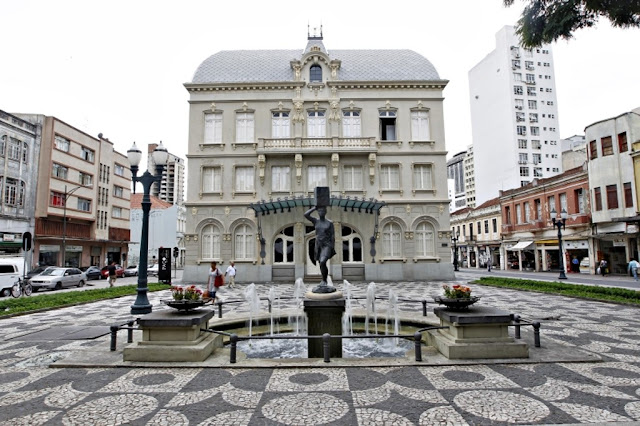The magnificent spectacle of these 275 individual drops has awed tourists, locals and indigenous inhabitants for centuries. They originate from the Iguazu River and are located on the border of Brazil (in the state of Paraná) and Argentina.
In fact, the Iguazu Falls are what divides the river of the same name into its upper and lower portions, a fact that has given rise to several myths and legends as to their origin. This river forms the boundary between Brazil and Argentina, making it a significant part of the political and geographical structure of the continent of South America.
Today, the Iguazu Falls are owned by the two UNESCO World Heritage Sites: the Iguazú National Park in Argentina and the Iguaçu National Park in Brazil.
On the Brazilian side, the best-known falls include:
• Benjamin Constant
• Deodoro
• Floriano
The Iguazu Falls stretch in width for 2.7 kilometers (or 1.7 miles). Their height varies between 60 metres (200 feet) and 82 meters (or 269 feet). This makes the Iguazu Falls taller than Niagara Falls and twice as wide.
A large proportion of the water is thrust down Devil’s Throat, a long chasm that is 82 meters high, 150 metres wide and 700 metres long. This chasm has a distinguishing U-shape. Interestingly, there are several islands within the river and the falls.
In terms of accessibility, tourists need to confirm the possible VISA requirements when entering from either the Brazil or the Argentina side, as the falls comprise both countries. Visitors can reach the falls from Foz do Iguaçu in Brazil and Puerto Iguazú in the Argentina, or from Ciudad del Este in Paraguay.
Special walkways have been built around the Iguazu Falls to allow visitors to get close up to this wonder of their natural beauty and power. A long pathway along the canyon (on the Brazilian side of the falls) is complemented by helicopter flips over the water to allow a completely uninterrupted, unlimited experience of the splendor of Iguazu. Buses of visitors arrive frequently, and travelers are encouraged to arrange such tours well in advance to secure their trip.
The Iguazu Falls are so exquisite that they have been used as the backdrop for many films, including Happy Together (1997), Mr. Magoo (1997), Miami Vice (2006) and Indiana Jones and the Kingdom of the Crystal Skull (2008).
Visitors to Brazil are advised to see the Iguazu Falls during spring or autumn, as summer is very hot and humid, while the water level drops considerably in the winter.


